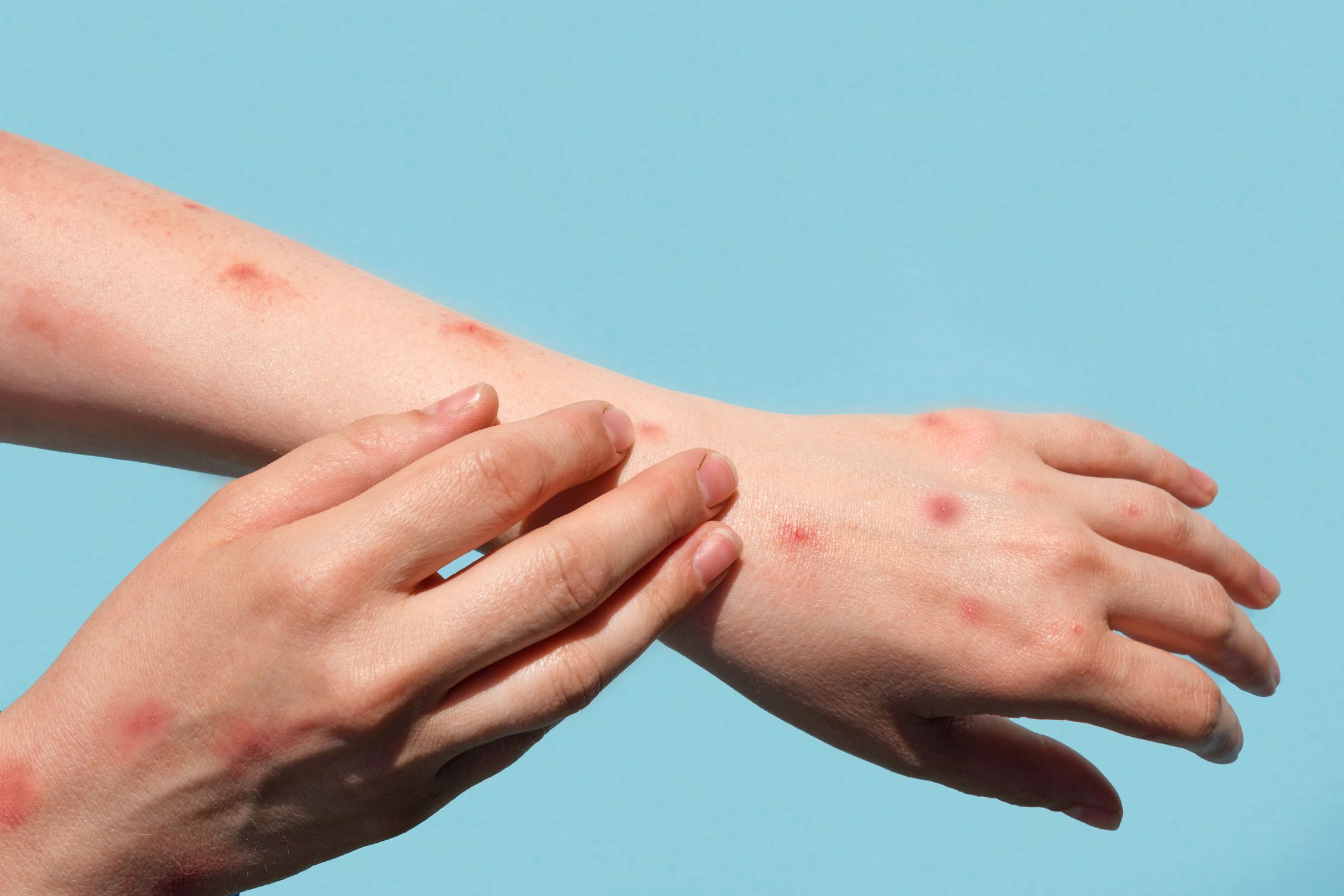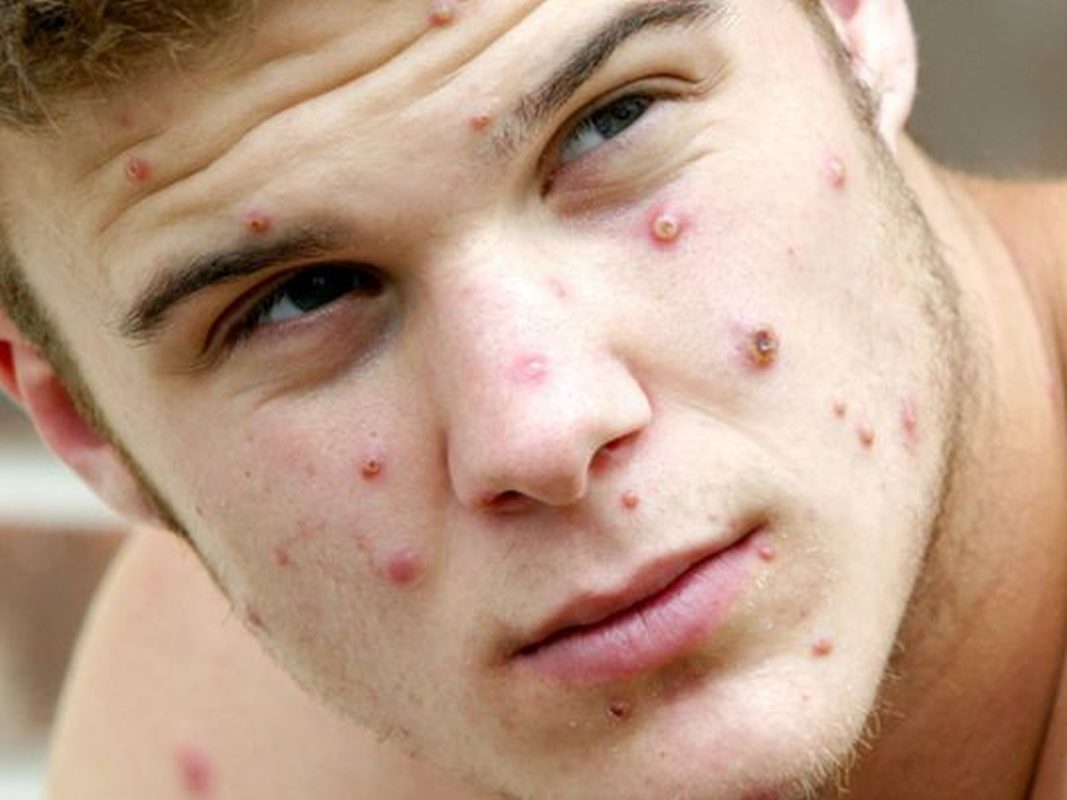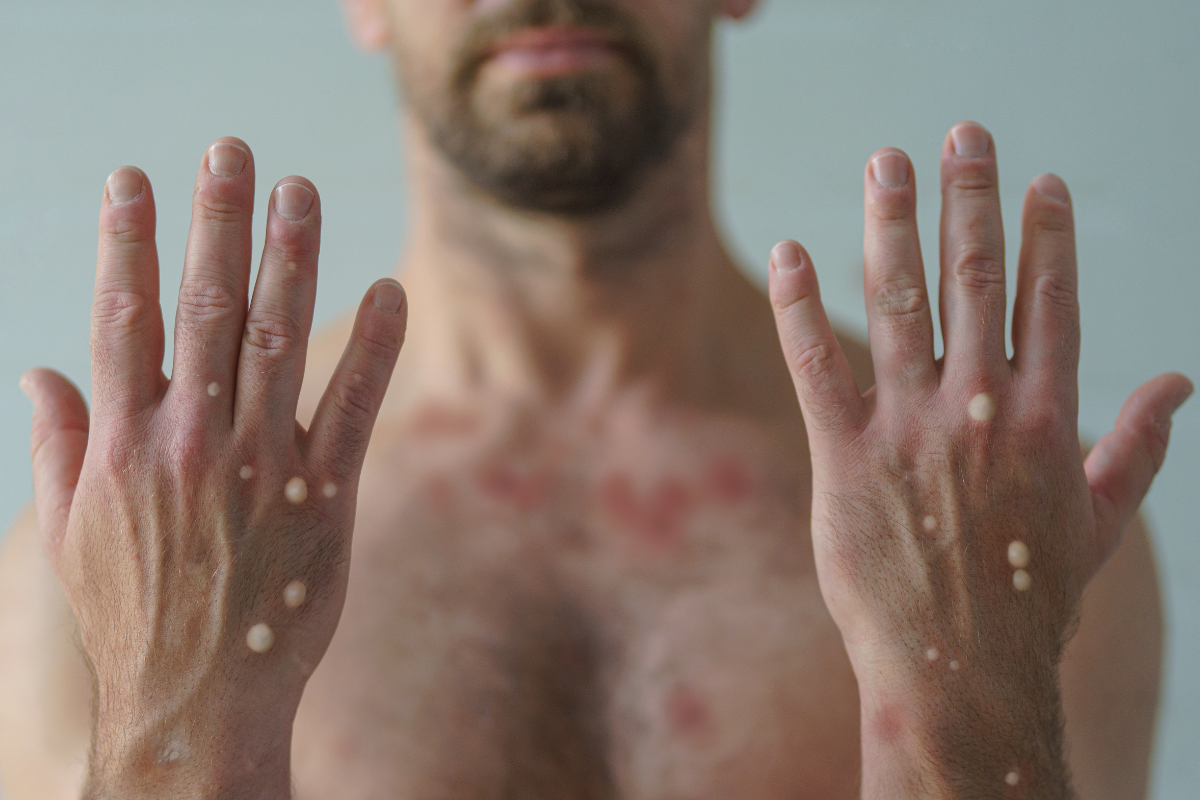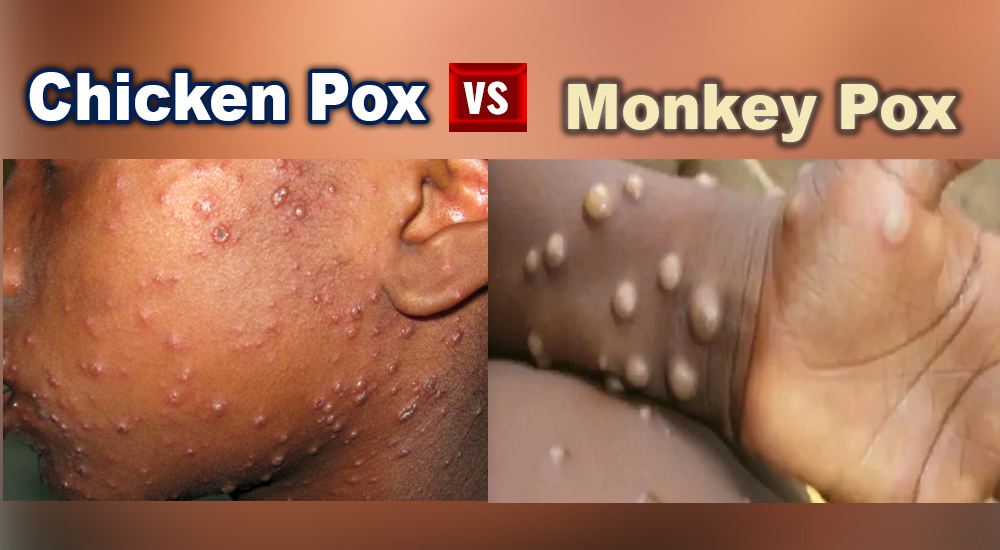How To Tell If You Have Monkeypox Or Something Else
Advertisements

COVID-19? That’s so 2020. These days, there’s a new scary virus on the block: monkeypox.
Monkeypox spreads easily and can cause many complications, including death. Despite this, many people don’t know what monkeypox is, much less how to spot the possible symptoms.
That’s where we come in. Our guide will help you discover if you have monkeypox or something else entirely. And you’ll discover the important signs that you need to go to your doctor for treatment!
What is monkeypox?

Monkeypox is a disease caused by viruses, and that disease leads to symptoms such as rash, fever, and swollen lymph nodes. It is caused by the monkeypox virus (hence, the name) and it can be transmitted from animals to humans and humans to animals.
Believe it or not, monkeypox isn’t exactly new. The first cases were discovered back in 1958 during an outbreak involving research monkeys. A human wasn’t infected with monkeypox until 1970, and infections remain very rare.
However, there have been multiple confirmed cases of monkeypox in humans last year and this year. This has led to a renewed interest in how to identify this disease and, even more importantly, how to avoid contracting it.
RELATED: The 4 Places Where You Are Most Likely To Catch COVID-19
How is monkeypox spread?

Monkeypox is spread via direct contact with the blood, bodily fluids, and skin or mucous lesions of either animals or humans. When monkeypox is spread from human to human, then even the respiratory droplets from things like breathing, sneezing, and coughing can spread the disease.
Right now, most people seem worried about humans passing it to each other, but this is still very rare. According to the CDC, you’d basically have to spend about three hours or more within six feet of someone who is infected. Even then, it would take large respiratory droplets to transmit the disease. Because of this, the transmission of monkeypox among humans is far rarer than, say, COVID-19 transmission.
It’s also possible for animals to infect humans. This may happen due to them biting or scratching you. But it could also happen if you handle the bedding of an infected animal or even eat an animal that you didn’t know was infected.
What are the symptoms of monkeypox?

Early monkeypox symptoms include backache, chills, fatigue, fever, headaches, muscle aches, and swollen lymph nodes. More advanced monkeypox symptoms include rashes that appear on your eyes, face, feet, genitalia, palms of hands, and soles of feet.
The rashes would be bad enough on their own. However, they also develop into lesions that can turn into pustules, scabs, and more. Eventually, the lesions dry, scab over, and fall off on their own, and symptoms of monkeypox should disappear within 4 weeks even without treatment.
When you’re trying to detect monkeypox, the rashes are the most obvious visual symptom. However, it can be easy to confuse the symptoms of monkeypox with symptoms of something else (and vice versa).
RELATED: The 7 Main COVID-19 Symptoms You Need To Know
What might you have instead of monkeypox?

It’s very easy to confuse monkeypox with chickenpox. Each one results in rashes and scabs on your body. Some people confuse scabies for monkeypox, though, unlike monkeypox, scabies rashes are likely to start between the fingers.
The fairly harmless viral infection molluscum is sometimes mistaken for monkeypox. It leads to itchy spots on your body, though it is likelier to happen to children than adults. Sometimes, bites from insects or a reaction to bedbugs may lead to itchy lesions you could confuse for monkeypox.
Finally, some people confuse allergic reactions for monkeypox because the reactions cause an outbreak on their skin. If you have been experiencing any of the monkeypox symptoms we have described, we recommend consulting with your doctor. They can provide a professional diagnosis and rule out whether you have monkeypox or something far milder.
Monkeypox complications

Earlier, we mentioned how monkeypox is very rare, and how the symptoms may go away on their own. Why, then, is the disease such a big deal? Because it can lead to many unwanted complications, including death!
For example, monkeypox may lead to secondary infections. And you could get an infection in the cornea of your eye. You could also develop more serious issues including bronchopneumonia, encephalitis, and sepsis.
And the CDC reports that about one in every 10 cases of monkeypox results in death. This is likelier to happen if you have a very severe case, and this is one of the main reasons you should consult with your doctor if you are worried about infection.
RELATED: What Is Strawberry Tongue And How To Avoid Catching It
How to care for your skin when you have monkeypox

Monkeypox eventually leads to rashes and lesions on your skin. That brings us to one final question: how are you supposed to care for your skin when you have monkeypox?
The number one with a bullet tip? Don’t scratch and pick at your skin. This can lead to scars on your skin, and you might spread the monkeypox without meaning to. Instead of scratching, try to soothe your skin using Petroleum-based products. After the skin heals, you can avoid scarring by using skin products made with glycolic acid or salicylic acid.
Otherwise, the main thing you need to do is be gentle with your skin. Anything around the house that might be abrasive to your skin is almost guaranteed to make you feel worse!

